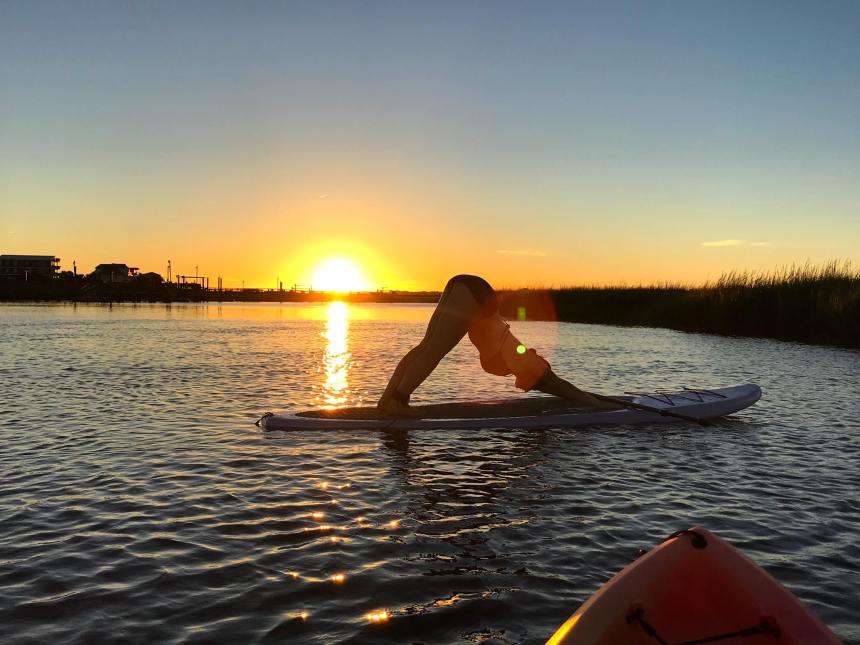GRAD 5114 – Who are you as a Teacher?
This week in Contemporary Pedagogy, we’re taking some of the first steps in the long process of putting together a teaching statement. I, of course, have a number of years to develop my teaching philosophy yet, but I’m looking forward to the practice. I’m aware that the things I love in a class are not what many students thrive on (my ideal course as a learner is a well thought out series of lectures without powerpoints but with an associated lab for practical application), and the range of classes I could have the opportunity to teach in the future is rather vast as paleontology straddles biology and geology.
What I kept returning to while thinking about the concept of the “authentic teaching self” – as this week’s topic was titled – was balancing approachability, care for students, cultivating respect, and authority. This is a difficult thing to manage for new instructors, and even more complicated for female faculty, who are often expected to go out of their way to accommodate students and possibly still be rated by students as inferior to male colleagues independent of teaching quality.
When I taught in Tanzania, I received a deal of respect for my position as a teacher, but I did have to navigate gaining student respect as one of the few teachers who wouldn’t consider corporal punishment. Being the disciplinarian to large classes of teenagers was outside of my comfort zone, but I certainly have higher expectations of my university-level students. As a Graduate Teaching Assistant here in America, I have not yet had a student venture out of line with their expectations of me.
I hope to be able to be friendly and approachable to my students. When I present, I prefer to sit at the table with the class and encourage questions and discussion. I make a point of being very clear about what I will and won’t tolerate in my classrooms (feel free to speak up with a question if I don’t see your hand raised, and I will strictly enforce punishment for any form of cheating, no exceptions). Thus far, this has been plenty to ensure acceptable behavior. Still, I could certainly stand to add more tools to my belt in this area, as I’m sure situations will arise in the future which require more.
